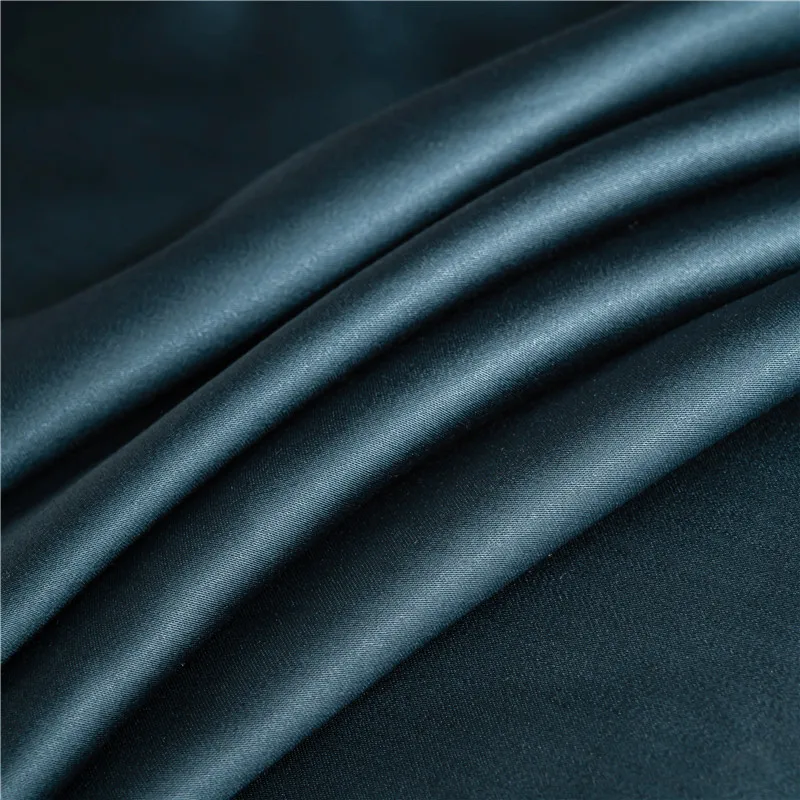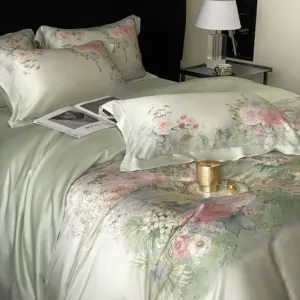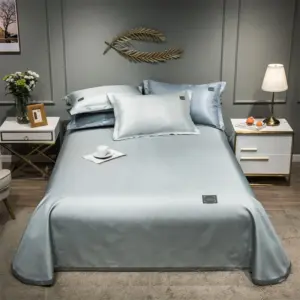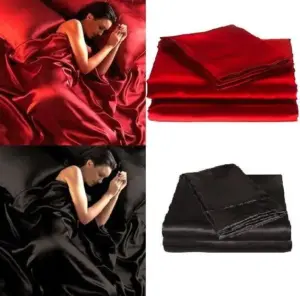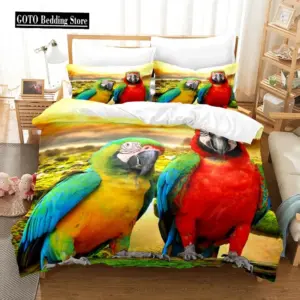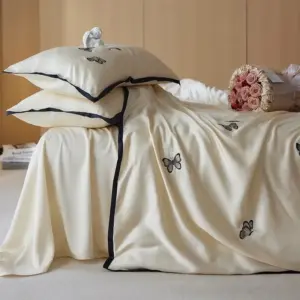Understanding Traditional Silk Production: Ethics and Environmental Impact
Traditional silk production, known as sericulture, has remained largely unchanged for thousands of years. At its core is a process many consumers remain unaware of: silkworms (Bombyx mori) are boiled alive while still inside their cocoons to prevent them from emerging and breaking the continuous silk filament.
This practice raises significant ethical concerns when we consider the scale: approximately 3,000 to 15,000 silkworms are killed to produce just one kilogram of silk. A single silk blouse can represent hundreds of silkworm lives.
The traditional silk vs vegan silk comparison reveals that conventional silk production carries a substantial environmental footprint beyond just animal welfare concerns:
- Water consumption: Cultivating mulberry trees (the silkworm’s food source) requires approximately 1,000-1,800 gallons of water per pound of silk produced
- Chemical processing: Conventional silk undergoes degumming processes using harsh chemicals like sodium carbonate and soap to remove sericin (the natural gum binding silk fibers)
- Dyeing impact: Traditional dyeing methods often use heavy metals and chemical mordants that can contaminate water systems
Beyond environmental concerns, the conventional silk industry faces scrutiny regarding labor practices, with reports of child labor and poor working conditions in some production regions. While luxury brands often highlight the glamour of silk, the differences between traditional and vegan silk options extend to these social dimensions as well.
As consumers become more conscious of these impacts, many are exploring alternatives that align better with their values while still providing the luxurious feel of silk. Fortunately, more sustainable approaches to silk production are emerging to address these concerns.
Peace Silk: The Animal Welfare Compromise
Peace Silk, also known as Ahimsa Silk (from the Sanskrit word meaning “non-violence”), represents a middle ground in ethical silk production. Unlike conventional silk, Peace Silk allows the silkworm moths to complete their lifecycle and emerge naturally from their cocoons before the silk is harvested.
Key characteristics of Peace Silk include:
- Moths emerge from cocoons naturally, completing their lifecycle
- Cocoons are collected after the moths have emerged
- The process results in broken filaments rather than one continuous thread
- The resulting fabric has a slightly different texture than conventional silk
It’s important to note that while Peace Silk addresses the most obvious ethical concern of conventional silk production—killing silkworms—it is not truly vegan as it still relies on the labor of the silkworms. Those seeking to understand whether mulberry silk can be considered vegan or ethical should recognize this distinction.
The production challenges of Peace Silk contribute to its higher cost (typically 30-50% more expensive than conventional silk) and slightly different appearance. Because the moths break the continuous filament when emerging, Peace Silk often has:
- Shorter fibers requiring more intensive processing
- A slightly less uniform appearance
- A somewhat rougher texture than conventional silk
For consumers seeking to balance luxury with reduced animal harm, Peace Silk offers a compelling compromise—though those seeking truly animal-free options will want to consider plant-based alternatives.
Vegan Silk Alternatives: Plant-Based Innovation
True vegan silk alternatives represent the cutting edge of textile innovation, offering similar properties to silk without using any animal products whatsoever. These plant-based materials have emerged from a combination of traditional textile knowledge and modern sustainable technology.
Unlike animal silk, vegan silk alternatives are produced through sustainable processes that transform plant fibers into silk-like materials. These processes typically have lower environmental impacts, using:
- Fewer chemicals in processing
- Less water consumption
- Renewable or agricultural waste materials
- Closed-loop manufacturing systems in many cases
The resulting fabrics often deliver impressive performance characteristics, including:
- Natural breathability
- Temperature-regulating properties
- Moisture-wicking capabilities
- Biodegradability at end of life
Many conscious consumers are surprised to discover that these plant-based innovations can create materials that feel remarkably silk-like while aligning completely with vegan values. The variety of alternatives available means there’s likely an option that matches your specific needs and preferences.
Top Plant-Based Silk Alternatives: Properties and Performance
Tencel™/Lyocell
Derived from sustainably harvested eucalyptus trees, Tencel offers exceptional breathability and a silky-smooth drape. The closed-loop production process recycles 99% of the solvents used, making it environmentally responsible. The resulting fabric has natural temperature-regulating properties and feels cool and smooth against skin.
Cupro
Created from cotton linter (the ultra-fine fibers that surround cotton seeds), Cupro uses what would otherwise be waste material. It has a beautiful drape and sheen remarkably similar to silk. The material feels incredibly smooth to the touch and offers excellent breathability, though its production does require chemical processing.
Bamboo Silk
Derived from fast-growing bamboo, this material offers excellent temperature regulation and moisture-wicking capabilities. Bamboo silk has a soft, fluid drape and gentle luster. While softer than many other alternatives, bamboo processing can involve chemical treatments unless specifically labeled as mechanically processed.
Orange Fiber
An innovative material made from citrus juice byproducts, Orange Fiber represents the cutting edge of sustainable textiles. It has a light, silky feel with natural sheen and excellent draping qualities. This material demonstrates how agricultural waste can become luxury fabric.
Soybean Silk
Created from the protein residue of soybean oil production, this material has a protein structure similar to silk, giving it a remarkably authentic feel. Soybean silk offers excellent moisture absorption and temperature regulation, with a soft hand-feel and gentle sheen.
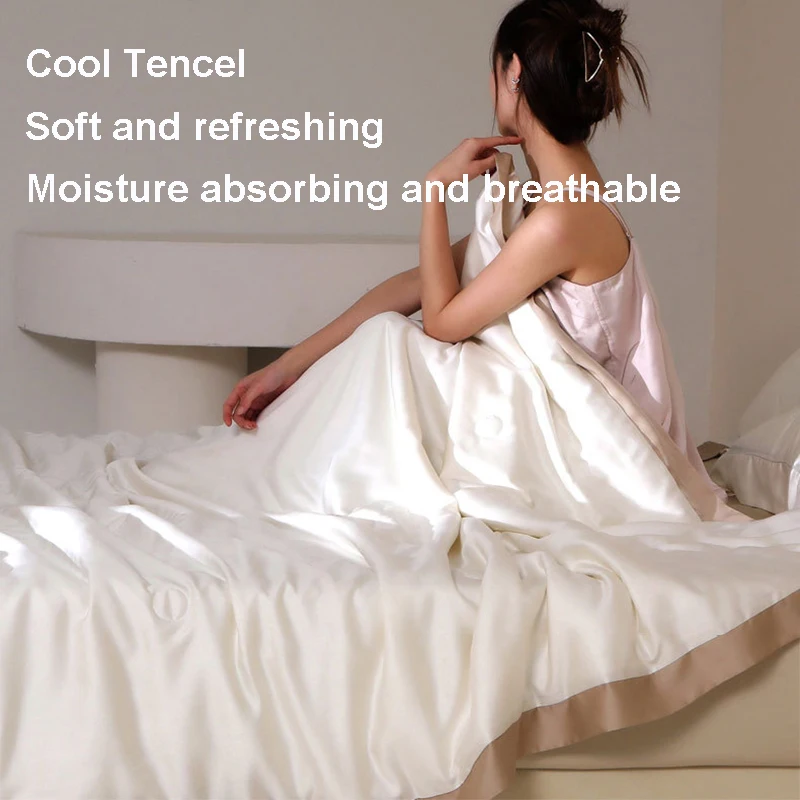
Banana Silk
Made from the fibers in banana plant stems (agricultural waste after harvest), Banana silk has a natural sheen and surprisingly soft texture. It’s highly breathable and biodegradable, though it may be less durable than some alternatives.
Rose Silk
A newer innovation created from rose bush stems after flower harvesting, Rose silk has a delicate texture and subtle fragrance. The production process is minimal and environmentally friendly, resulting in a lightweight material with natural temperature-regulating properties.
Hemp Silk Blends
Hemp fibers blended with other plant materials create fabrics with exceptional durability and antimicrobial properties. Modern processing techniques have overcome traditional roughness, resulting in surprisingly soft fabrics with excellent moisture-wicking capabilities.
These alternatives represent just a portion of the innovations happening in the silk bedding alternatives market, providing conscious consumers with a wide range of options to match their ethical preferences and comfort needs.
Side-by-Side Comparison: Making Your Choice
When deciding between traditional silk, peace silk, and plant-based alternatives, considering multiple factors can help you align your purchase with your values and needs. This comprehensive comparison highlights the key differences:
| Factor | Traditional Silk | Peace Silk | Plant-Based Alternatives |
|---|---|---|---|
| Ethical Impact | High (silkworms killed) | Medium (uses silkworms) | Low (no animals used) |
| Texture | Extremely smooth, lustrous | Slightly less smooth, similar luster | Varies by material, from very similar to slightly different |
| Durability | High (when properly cared for) | Medium-high | Varies (bamboo: medium, Tencel: high) |
| Care Requirements | Demanding (often dry clean only) | Moderate to demanding | Generally easier (many machine washable) |
| Environmental Impact | High water usage, chemical processing | Medium water usage, less chemical processing | Generally lower (varies by material) |
| Cost | High | Very high (30-50% more than traditional) | Medium to high (typically less than peace silk) |
| Hypoallergenic | Natural properties, but potential for irritation | Similar to traditional silk | Often superior (especially Tencel, bamboo) |
The advantages and disadvantages of both silk and vegan alternatives vary considerably depending on your priorities:
- If luxurious feel is paramount: Traditional silk still offers the classic, unmistakable smoothness, though high-quality Tencel and Cupro come remarkably close
- If ethics are your primary concern: Plant-based alternatives eliminate animal use entirely, while peace silk represents a compromise position
- If durability matters most: Traditional silk and certain plant alternatives like Tencel offer excellent longevity when properly cared for
- If easy care is important: Many plant-based alternatives can be machine washed, while traditional silk often requires professional care
Price points vary widely, but generally:
– Traditional silk: $80-300 for quality sheets
– Peace silk: $120-450 for comparable items
– Plant alternatives: $60-250 depending on material and quality
Identifying Authentic Ethical Silk Products
With growing consumer interest in ethical textiles, misleading claims have unfortunately become common. Here’s how to ensure you’re getting truly ethical products:
For Peace Silk verification:
– Look for specific terminology: “Ahimsa Silk,” “Peace Silk,” or “Non-violent Silk”
– Check for certification from organizations like Peace Silk International
– Request information about the specific production facilities and methods
– Be wary of vague terms like “humanely produced” without specific details
For plant-based alternatives:
– Check fiber content labels for specific materials (e.g., “100% lyocell” rather than vague “eco-fabric”)
– Look for recognized certifications like OEKO-TEX, GOTS, or FSC for wood-derived fibers
– Research brand transparency regarding sourcing and production methods
– Question materials labeled simply as “vegan silk” without specifying actual fiber content

When evaluating claims, be particularly cautious about:
– Terms like “eco-friendly” or “green” without specific substantiation
– Vague references to ethical production without details
– Extremely low prices for supposedly premium ethical materials (which often indicate misrepresentation)
Remember that true transparency involves brands being willing to share specific information about their supply chain and production methods.
Expert Care Tips for Your Ethical Silk Choice
Proper care not only extends the life of your ethical textiles but also reduces their environmental footprint through longevity. Different alternatives require specific approaches:
For Peace Silk:
– Hand wash with mild, pH-neutral soap in cool water
– Never wring or twist; press water out gently
– Dry flat away from direct sunlight
– Iron on low heat if necessary, preferably while slightly damp
– Store folded with acid-free tissue paper in a breathable container
For Plant-Based Alternatives:
– Follow specific care instructions for each material type
– Most can be machine washed on gentle cycle with mild detergent
– Use cool to lukewarm water (never hot)
– Avoid bleach and harsh detergents
– Air dry when possible, or use low heat settings
Eco-friendly care products that work well include:
– Biodegradable, plant-based detergents
– White vinegar as a natural fabric softener (1/4 cup in rinse cycle)
– Baking soda for stain pretreatment
These care practices help maintain the luxurious feel and appearance of your ethical textiles while minimizing environmental impact from excessive washing or premature replacement.
Are Cruelty-Free Options Really Better for the Environment?
When comparing the environmental footprint of traditional silk versus alternatives, several factors must be considered:
Water Usage:
– Traditional silk: 1,000-1,800 gallons per pound of fabric
– Peace silk: Similar water requirements to traditional
– Plant alternatives: Typically lower (Tencel: approximately 200 gallons per pound; Organic cotton: 400-700 gallons)
Biodegradability:
– Traditional silk: Fully biodegradable (3-5 years in composting conditions)
– Peace silk: Equivalent biodegradability to traditional
– Plant alternatives: Most are biodegradable, though timeframes vary (bamboo: 1-2 years; lyocell: 2-3 years)
Chemical Inputs:
– Traditional silk: Moderate to high (especially in degumming and dyeing)
– Peace silk: Slightly reduced chemical usage compared to traditional
– Plant alternatives: Varies widely (closed-loop Tencel: very low; conventional rayon: high)
When examining the comparison between natural silk and alternative fabrics, the environmental winner isn’t always clear-cut. Each material offers different environmental trade-offs. For example, bamboo provides excellent sustainability in growing but may involve chemical processing, while Tencel uses more energy in production but employs closed-loop systems that recycle water and solvents.
The most environmentally sound choice often depends on:
– How long you’ll use the product
– How you’ll care for it
– End-of-life disposal options in your area
– The specific production methods of the brand you choose
Can Peace Silk Truly Be Considered Cruelty-Free?
The question of whether peace silk deserves the “cruelty-free” label raises interesting ethical considerations:
On one hand, peace silk allows moths to complete their lifecycle rather than killing them in the cocoon stage. This represents a significant improvement over conventional silk production from an animal welfare perspective.
However, ethical perspectives vary on several points:
- The moths that emerge from cocoons in peace silk production are often still captive and bred specifically for human use
- These domesticated silk moths have been bred to have vestigial wings and cannot fly or feed (having no mouths), living only long enough to mate and lay eggs
- The entire lifecycle still represents human exploitation of another species, even if more humane
Different ethical frameworks yield different conclusions:
– Utilitarian view: Peace silk significantly reduces suffering compared to conventional silk
– Rights-based view: Using animals as resources may be considered problematic regardless of method
– Virtue ethics: The intention to reduce harm represents ethical improvement
Rather than providing a definitive answer, conscious consumers must consider where their own values fall on this spectrum of perspectives.
Making Your Choice: Aligning Products with Personal Values
Finding the right balance between ethics, quality, aesthetics, and practicality is ultimately a personal journey. Consider asking yourself:
- How important is the traditional feel and appearance of silk to you?
- Where do your ethical boundaries lie regarding animal use?
- What performance characteristics matter most for your intended use?
- What price point feels reasonable for your budget?
- How much care and maintenance are you willing to undertake?
Remember that ethical consumption exists on a spectrum rather than as an all-or-nothing proposition. Even small shifts toward more mindful choices create positive impact through collective consumer action.
By making informed decisions based on transparent information, you contribute to market demand for more ethical production methods. Each purchase becomes a vote for the kind of world you want to see.
Luxury Bedding Choices: Finding Your Perfect Ethical Match
When it comes to bedding specifically, ethical silk and alternatives offer unique benefits that make them particularly well-suited to creating a sleep sanctuary:
The breathability and temperature-regulating properties of silk and its alternatives make them ideal for bedding applications. Both traditional silk and high-quality alternatives like eucalyptus silk sheets naturally adjust to body temperature, keeping you cool in summer and warm in winter.
For those with sensitive skin or allergies, the hypoallergenic properties of peace silk and plant-based alternatives like bamboo silk sheets can provide significant comfort benefits. These materials naturally resist dust mites and tend to cause fewer reactions than many synthetic options.
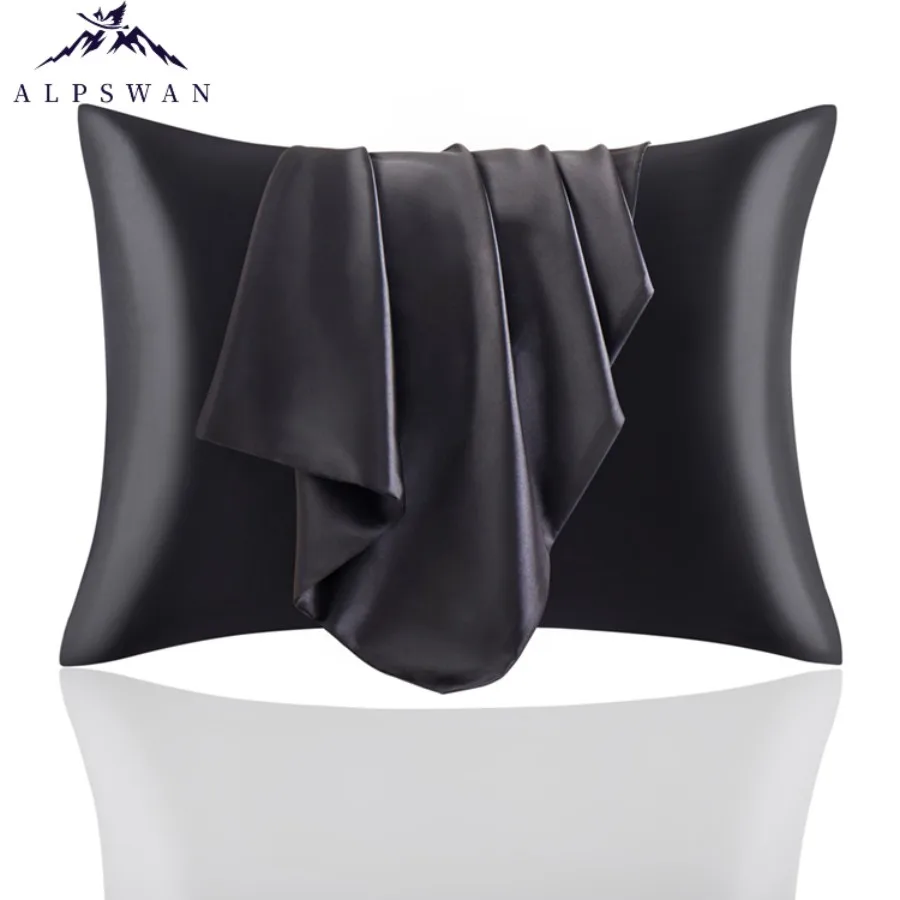
The smooth surface of both silk and its alternatives creates less friction against skin and hair, potentially reducing sleep wrinkles and hair breakage. This makes bamboo silk bedding sets particularly popular among those concerned with both ethics and beauty benefits.
At Sanctuary Soft, we understand that the perfect bedding balances luxurious comfort with personal values. Whether you choose traditional silk for its classic properties or explore vegan silk bedding options for ethical reasons, the right choice creates a sleep environment that nurtures both body and conscience.
Eucalyptus Silk Bedding Sets, Eucalyptus Silk Sheets
Price range: $360.24 through $393.60 Select options This product has multiple variants. The options may be chosen on the product page- Price range: $267.82 through $306.55 Select options This product has multiple variants. The options may be chosen on the product page
Bamboo Silk Sheets, Cooling Silk Sheets
Price range: $130.76 through $177.80 Select options This product has multiple variants. The options may be chosen on the product pageBamboo Silk Sheets, Queen Size Silk Fitted Sheet
Price range: $230.24 through $297.88 Select options This product has multiple variants. The options may be chosen on the product page- 100% Bamboo Fiber Parrot Duvet Cover Set – Queen King Twin Size Tropical Bedding for Comfort & StylePrice range: $241.95 through $380.95 Select options This product has multiple variants. The options may be chosen on the product page
Bamboo Silk Bedding Sets, Bamboo Silk Sheets, King Size Silk Pillowcases, Queen Size Silk Pillowcases
Price range: $376.20 through $402.27 Select options This product has multiple variants. The options may be chosen on the product page
Making an informed choice about silk and its alternatives empowers you to create a sleep sanctuary that aligns with your values without compromising on luxury or comfort. With continuing innovations in ethical textiles, conscious consumers now have more options than ever to make choices that feel good in every sense.

